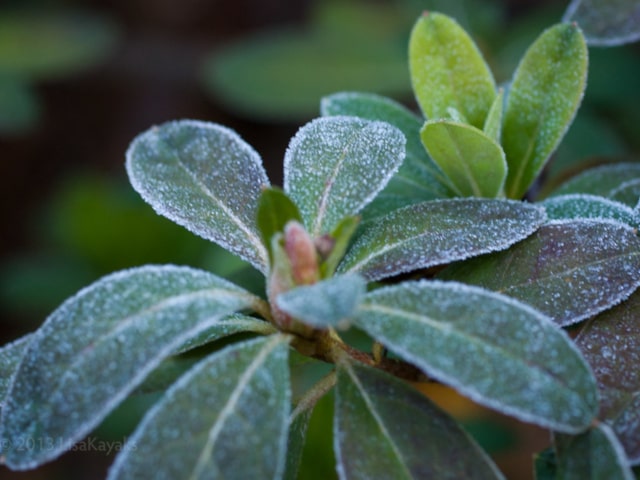
Citrus trees such as lemons, oranges, satsumas and grapefruit are some of the most popular fruit trees grown at homes. There is a good reason for their popularity. They are reliable in producing quality fruit and they tend to be relatively easy to care for. They are versatile and they can be planted in the ground or containers.
Citrus trees are relatively small in size: they can grow up to 10 or 15 feet tall and around 10 feet wide. This allows them to easily fit in most landscapes, provided they are planted in an appropriate climate zone.
These trees also produce beautiful, fragrant flowers. Citrus trees are known for their dark, glossy evergreen foliage. This way, these trees are attractive throughout the whole year and they make a perfect addition to your garden.
Planting Your Citrus Tree
There are various types of citrus trees and they usually become available at area nurseries in the fall or early winter. Because of this, they can be planted in the fall. However, it's important to think about the cold months. It's always difficult to predict when the severe freezes will occur, it's risky to plant citrus trees in the fall or winter. It's best to wait until late winter or early spring. Planting your citrus trees in late February or early March is usually the best way to go. This is when the coldest part of the winter is past but the weather is still cool enough.
In case you wish to buy your citrus tree in the fall, it's possible to do so, but wait with the planting till next spring. Place a container-grown tree somewhere where it's warm enough and sunny. Your porch or patio are generally good places. Water regularly through the whole winter. In case the temperatures are predicted to go below 30 degrees F, move the tree inside to protect it from frost.
This will keep your citrus tree alive and healthy through winter even if it's very cold and snowy outside. Your tree will be ready for planting the next year in late winter or early spring.
Protecting Your Citrus Tree from frost
In case you do decide to plant your citrus tree in fall of winter, it's possible to do so. However, it's important to provide an adequate protection in case of very cold temperatures. Same protective measures should be used for citrus trees already growing in your garden.
To protect your citrus trees from winter colds, you need to take several things into account:
Cold damage. Different types of citrus trees vary in their tolerance to frost.
Protection. You should know how to minimize damage and ensure recovery by maintaining a healthy tree with thick, strong leaves.
Care after damage. You should know how to care for trees that have been damaged during winter months.
Cold damage
It's important to know that different types of citrus trees have different tolerance to frost and freezes. Here's the list of citrus trees from the most freeze-tolerant to the least freeze-tolerant: satsumas, kumquats, sour oranges, sweet oranges, grapefruits, lemons and limes.
For example, satsumas and kumquats don't need any protection until the temperatures drop under below 25 degrees F, and they can survive just well without protection unless the temperatures go below 20 degrees F. Some other types of citrus trees are more fragile and they can be badly damaged if the temperatures are in the low 20s F. Generally speaking, temperatures in the teens F will severely damage or even kill citrus trees that are not protected.
It's also important how cold it gets and also how long it stays so cold. The longer temperatures stay below freezing, the more likely is extensive damage or even death. If temperatures rise above freezing in a few hours the damage is less serious.
Another important factor is the tree's age. Older, established trees are more tolerant to severe frost. Even if they are badly damaged they will be able to recover. Older trees have more massive trunks, which enables them to live through freezes that would kill younger trees. This is why young trees require more care and this is one of the reasons why they should be planted after winter has passed.
Also, it's important to observe the weather just before the freeze. If citrus trees are gradually exposed to lower temperatures they will go through a process called "hardening off". They will form a natural protection and they will have a decrease in the freezing point of their tissue. Trees can become semi-dormant when hardened in the temperatures of the 40s and mid 30s F range. These trees are less likely to be damaged in winter colds. To make hardening possible, don't encourage late growth of your citrus trees. For this reason, it's important to avoid pruning and fertilizing after July.
Protection
You can reduce any potential frost damage and ensure recovery of your citrus trees if you maintain a thick canopy of leaves in your tree. Weak leaves, especially those that are in too much shade, those with insect or disease damage or those with severe nutrient deficiency are the ones that are most severely damaged. These leaves will be the slowest to recover from a damage caused by frost.
Also, don't forget to water your tree regularly when low temperatures are predicted.
Another thing you should do to minimize cold damage is to plant your citrus trees in the most protected areas of your landscape. Good places are southern exposure enclosed by fences, hedges or buildings on the north side. They provide some protection from frost. Whenever possible, plant citrus trees close to your house (but make sure it's not closer than 8 feet).
You may also protect a tree that is not too large by making a simple frame and placing it over the tree and encasing it in one or two layers of plastic. The frame should hold the plastic off of the leaves and provide some protection.
Another protection can come from strings of small, incandescent outdoor Christmas lights. Wrap them around the trunk of the tree and throughout the canopy under the cover. This will help raise the temperature within the enclosure and provide additional protection against freezes. Always use outdoor extension cords and make safe connections to keep it safe.
Whenever days become sunny and mild, make sure to remove the plastic coverage in order to prevent the buildup of excessive heat.
If a tree is too large to cover, you can protect it by wrapping its trunk and lower parts of the main branches with insulating material. Fabric or foam rubber works great. In case the upper branches are lost in cold you can always grow a new tree from the living trunk.
Remember, even one night of the 15 degree F temperatures can kill an unprotected tree. For this reason, it's very important to take protective measures for your citrus trees.
Care after Damage
There are some measures you can take to minimize the damage done and to make the tree recover as soon as possible. There are also some things you can do to make the tree as strong as possible before the winter.
One of the most important things is to refrain from pruning or cutting back citrus trees that have been damaged from frost until June or July. It's usually difficult to estimate where the regrowth will occur until the tree resprouts.
However, even then, the new growth may collapse during the summer and die. In case the only new growth occurs on the ground level or below the graft union (the graft union is noticeable as a knob or swelling about 1 foot above the ground), you should replace the tree. Citrus trees are grafted onto a rootstock, which helps them grow better. This also makes them a little hardier and more tolerant to cold weather. However, this rootstock can't produce acceptable fruit.
In case the new growth occurs from the above the graft union, this is a good sign. Such a tree can be saved and it can be trained into a new tree.
Photo credit: Lisa Ouellette
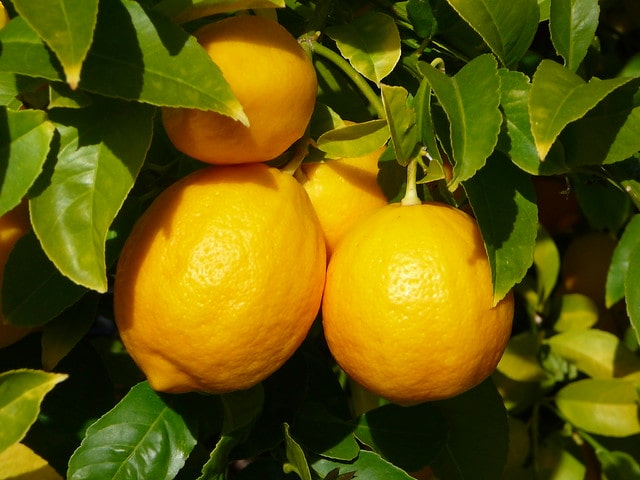
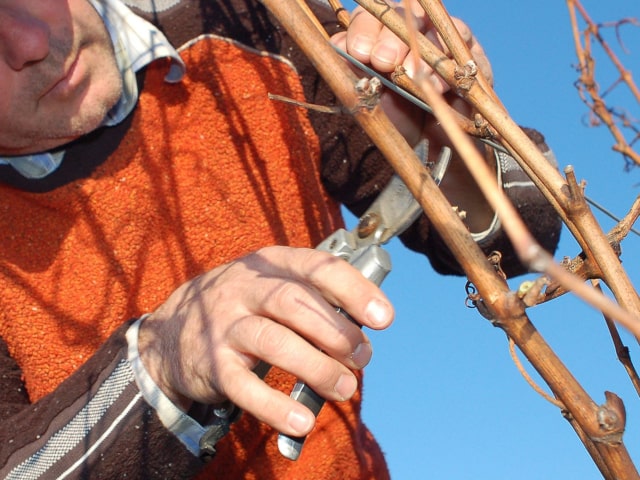
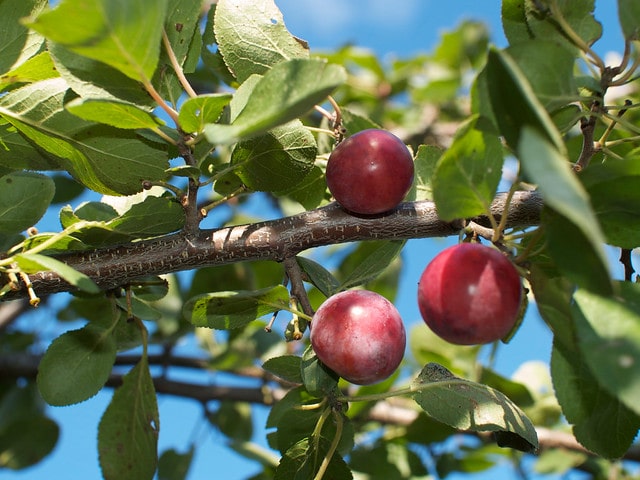
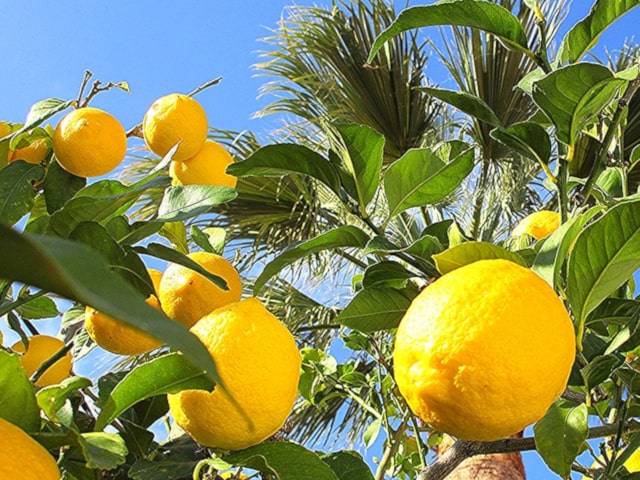
1 Comments
I was thinking of laying heat tape in a circle halfway from trunk to drip line. Is that a good or bad idea? Thank you.
Bob Cowman, Jacksonville, FL